I recently have been getting involved on the DNA side of genealogy. It is a science, so there’s a lot to learn. Fortunately, I have always liked science. I am new to this, so I have barely scratched the surface of what there is to know.
So far, I have found about 20 “cousins” and how we connect in our family trees. That’s always exciting! They have ranged from 2nd Cousin 1x Removed to 8th Cousin 1x Removed. One of my new connections is actually a branch of the family that my mother’s family lost touch with some 55 years ago! The older members of our family who remember each other are still alive, and are happy to be back in touch.
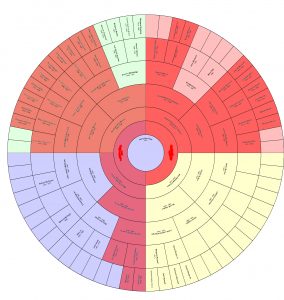 The other exciting thing about DNA is that it can confirm your paper research. Finding matches with these other cousins has enabled me to confirm many of the lines I have been researching for years. The red parts of the fan chart below are ones that I have found DNA matches for. In case you’re wondering, most of the unproven lines are Irish. Either my relatives haven’t tested, or there aren’t many left to test. For instance, I know that my Sutton family largely died out several generations ago, so any remaining Suttons will be quite distant from me.
The other exciting thing about DNA is that it can confirm your paper research. Finding matches with these other cousins has enabled me to confirm many of the lines I have been researching for years. The red parts of the fan chart below are ones that I have found DNA matches for. In case you’re wondering, most of the unproven lines are Irish. Either my relatives haven’t tested, or there aren’t many left to test. For instance, I know that my Sutton family largely died out several generations ago, so any remaining Suttons will be quite distant from me.
I was hoping to solve a mystery 185 years in the making. In 1839, the Bergin family emigrated from Ireland to Australia, but left their 7-year-old daughter Johanna behind. I have a Johanna Bergin that would have been the right age, from the right area in Ireland. Research suggests strongly that she is the left behind girl. I have been working with an Australian descendant of her brother, and we had hoped that DNA might prove the tale. However, he and I didn’t match—which doesn’t prove anything, because we are just on the line where as cousins we might not share DNA even if we are related. I am trying to have him move his DNA to another website where my mother’s is, in hopes that a closer generational distance will unearth some DNA connection.
Many people do DNA testing for the fun of finding out their ethnicity. It can be fun to see, but keep in mind that the ethnicity estimates are just that—estimates. They will vary from company to company, as the algorithms are different, although they will be mostly similar. I got a good laugh over 2 tests showing me having <1% Oceania/Melanesia ethnicity when my parents don’t show any DNA from there.
There is a danger in DNA testing, though. In forums online, an amazing number of people who test have found they are not who they thought they were. Many find out that their father wasn’t their father, or their full sibling is only half. It can also shake out family secrets from farther back, when you don’t match anyone from, say, a grandparent’s line, but do match a whole bunch of names that aren’t on your tree. While the ethnicity is only an estimate, the actual DNA doesn’t lie.
I am enjoying exploring my DNA, and expanding the family as I do so. Hopefully, it will help me break down some “brick wall” ancestors at some point—although it hasn’t yet. I look forward to learning more about this science and my family!
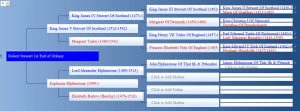
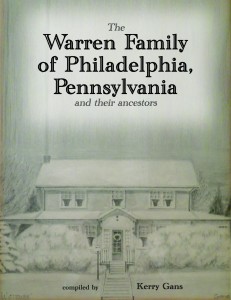
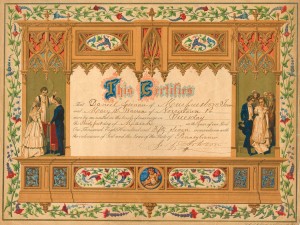
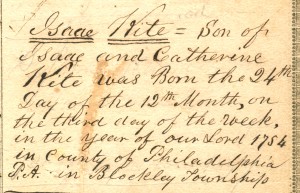
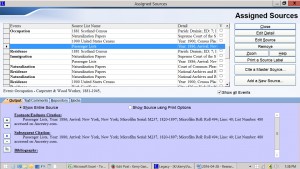


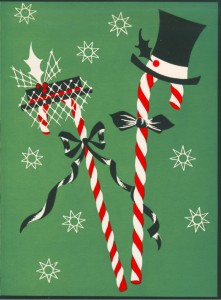

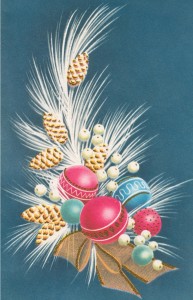
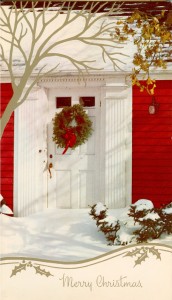

Genealogy, Character, and Worldbuilding
It’s no secret that I love genealogy. I often say if I wasn’t a writer, I would have been a professional genealogist. The excitement of the chase and the thrill of finally finding that piece of evidence that proves a relationship would enthrall any mystery lover.
And it’s not just my family I enjoy researching. I will jump in and help anyone trying to solve a brick wall. Most genealogy buffs seem to share this insatiable urge to research, as evidenced by how willing people are to help others in many online groups.
Tonight I get to share some of the passion I have for genealogy with the South Jersey Writers Group. I’ll be talking about how my family history habit has crept into my writing, in the areas of character development and worldbuilding.
I’m a bit nervous about presenting, but I am eager to share with this group. I’ve met some of these writers in other venues, and they are always warm and fun. I’m looking forward to a good discussion with them.
Do you have a hobby that invades your writing?